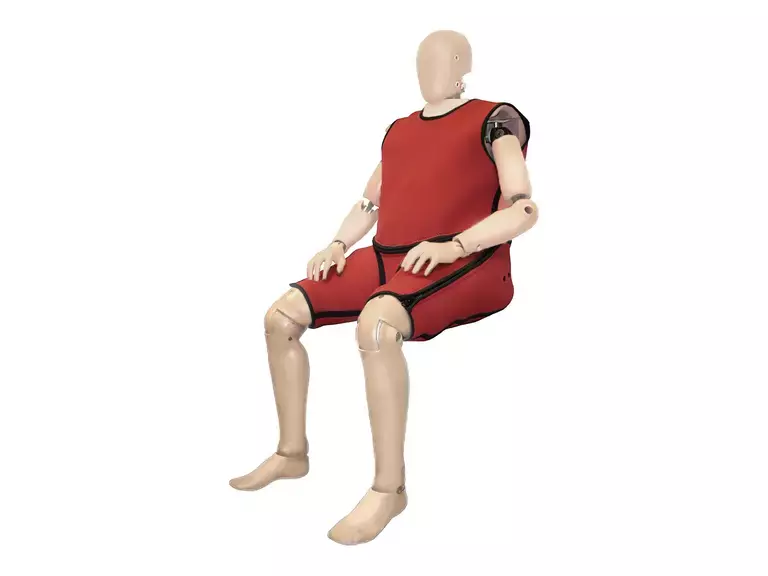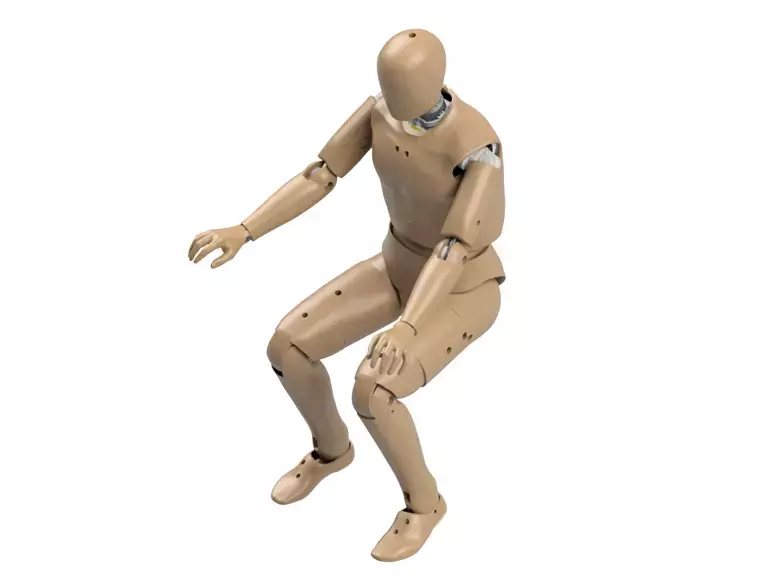Designing safety for those at special risk of injury
In addition to the core test population, represented by the 50th percentile (average) male and the 5th percentile (average) female dummies, vehicle engineers are increasingly seeking to understand crash impact and injury risks for other demographic cohorts. The physiology and particular vulnerabilities of adults who are overweight, taller, or elderly differ from the core population in ways that place them at special risk of injury.
Explore our vulnerable ATDs below.
A very real problem that safety engineers need to address
According to data from NHTSA, the official entity that collects data on all accidents in the U.S., almost every other cohort is at greater risk of injury in an accident compared to the 50th percentile/"average male,” the principle safety target device used in federally regulated and voluntary vehicle safety tests:
- Women (51% of the driving population) are 73% more likely than men to suffer severe injury in frontal car crashes.
- Obese people (40% of the population) are 79% more likely to suffer injury than the average male.
- Elderly people (20% of the driving population) are 76% more likely than the average male to suffer injury.
Humanetics develops dummies to represent the biofidelity of these unique, important, and diverse occupants, so that vehicle engineers can enhance safety features to better protect them.
Large and Obese Dummy
In 1980, the average adult obesity rate in the United States was 15%. Today, obesity has increased considerably to nearly 40% of the adult population. The Obese ATD was designed and developed by Humanetics in [date] and is based on the measurements of a 273-pound person with a body mass index (BMI) of 35.
Elderly Dummy
There were more than 40 million licensed drivers aged 65 and older in the United States in 2015 (U.S. Department of Transportation statistics). This represents 18.4% or nearly one in every five drivers on American roads. Each year, on average, more than 5,700 older adults are killed and more than 225,000 are treated in emergency rooms for motor vehicle crash injuries.
The Elderly ATD was designed by Humanetics in [date] and reflects the anthropometry of a 70-year-old small female driver, based on precise measurements of injuries sustained in automotive accidents by this occupant group — particularly with regard to bone density and internal human organs such as the liver and spleen.


